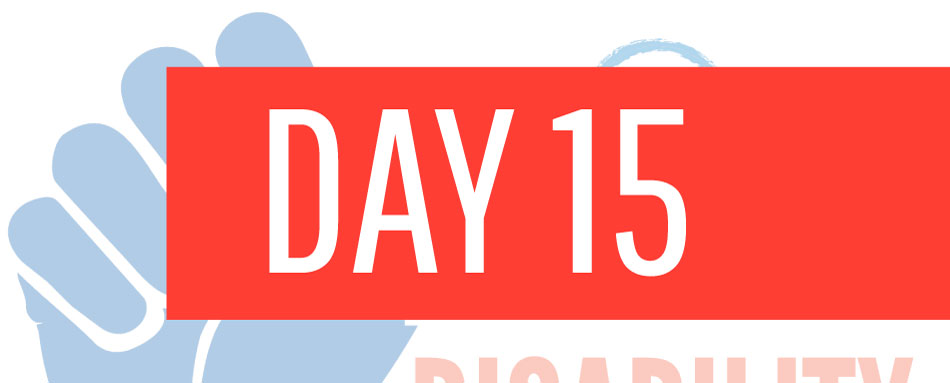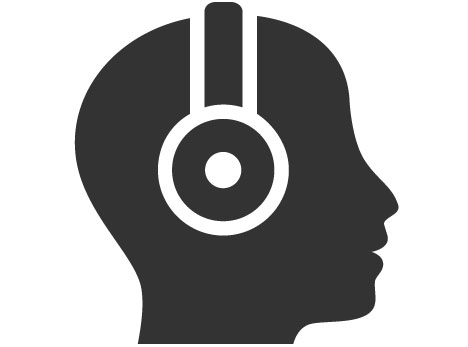
Content Note: This topic and some of its associated resources describe child abuse and neglect, physical restraint, solitary confinement, police brutality, incarceration, racism, mental health crisis, self-harm, suicide, involuntary institutionalization, homelessness, foster care, racism, and ableism.
In the United States, federal laws establish a civil right to education for disabled students. The Individuals with Disabilities Education Act (IDEA) mandates that children with disabilities, ages 3-21, have access to a free, appropriate, public education, and special education-related services. The Americans with Disabilities Act (ADA) mandates that all public institutions provide equal opportunity to students with disabilities. Section 504 of the Rehabilitation Act of 1973 makes discrimination against disabled students illegal in all institutions receiving federal funds, including preschools, K-12 schools, colleges, and universities. Despite these laws, many students with disabilities face education inequalities.
During the 2022-2023 school year in the US, 15% of all K-12 public school students (7.5 million) received special education or other disability-related services. That same year, the US Department of Education documented a six-year high of disability-related civil rights complaints. There are many factors in our education system that contribute to inequalities for people with disabilities. A lack of resources, funding, and accessible learning programs plagues public primary and secondary schools. In addition, students with disabilities are often segregated from their peers, pulled from classrooms for disability-related behavioral issues, neglected, and impacted by a shortage of trained teachers and aides. They are also more likely to be punished than non-disabled students through suspensions, expulsions, physical restraint, isolation and solitary confinement, or even arrest on school grounds. These extreme forms of punishment, especially those that introduce students to juvenile detention systems or incarceration, most often impact Black and Brown students with disabilities. In this way, overly harsh school disciplinary policies and inadequate educational opportunities not only cause emotional, mental, and physical harm to disabled students, but contribute to what is known as the “school-to-prison pipeline.”
![[Image description: Infographic titled “School-to-Prison Pipeline” shows an illustrated, orange school building with a black pipe underneath that leads to a prison building. Text to the left reads, “Up to 85% of youth in juvenile detention facilities have disabilities that make them eligible for special education services.” Disability Network Southwest Michigan blue and orange logo in upper left corner of the image.
Attribution: Disability Network Southwest Michigan (2024).
Data source: Direct quote from a report by the National Council on Disability, Breaking the School-to-Prison Pipeline for Students With Disabilities (2015).]](https://unitedforscmi.org/wp-content/uploads/2022/08/dec15.jpg)
[Image description: Infographic titled “School-to-Prison Pipeline” shows an illustrated, orange school building with a black pipe underneath that leads to a prison building. Text to the left reads, “Up to 85% of youth in juvenile detention facilities have disabilities that make them eligible for special education services.” Disability Network Southwest Michigan blue and orange logo in upper left corner of the image.
Attribution: Disability Network Southwest Michigan (2024). Data source: Direct quote from a report by the National Council on Disability,Breaking the School-to-Prison Pipeline for Students With Disabilities (2015).]
Educational inequalities start as early as preschool and snowball as disabled students get older, negatively affecting their long-term potential. Nationwide, students with disabilities are twice as likely as their non-disabled peers to drop out of high school.
Another barrier that disabled students encounter is the prevalence of completion certificates instead of high school diplomas. A completion certificate is often presented to students who have completed high school but have not met the requirements to graduate with a diploma. In states like Michigan, completion certificates are not recognized as valid academic credentials and may negatively impact a person’s ability to attend college or secure a job. Ten percent of all disabled students receive completion certificates rather than diplomas. All too often, these students were simply underestimated and undersupported. Research suggests that the vast majority of disabled students are capable of both obtaining a diploma and attending college, so long as they receive appropriate, legally required support.
Higher education poses additional obstacles. Disabled people are only half as likely to hold a bachelor’s degree as non-disabled people. A lack of support may contribute to this disparity in college graduation rates. Most college students with disabilities do not inform their university or seek support resources, due to factors like the stigma of having a disability or discomfort discussing accommodations with their professors. As education level increases, the representation of people with disabilities decreases. The representation of disabled students in graduate school is half of that in college, and university faculty who report having a disability are exceedingly rare.
People with disabilities deserve equal opportunity at all levels of education. As a society, we have a long way to go until this civil right is a reality. We can start by recognizing the potential of disabled students. Through civic engagement, we can ensure that schools have the funding and resources they need to support disabled students. We can contact our representatives about education initiatives, reach out to community leaders, and vote in school board, local, state, or federal elections. It is also essential for us to demand that our institutions do not discriminate against or criminalize students with disabilities and Students of Color. Only through doing this work can we achieve a fair and just education for all.

Read
- Erica Green, The New York Times – The Students Quietly Kicked Out of Class (full article here)
- Emi Nietfeld, The New York Times – I Edited Mental Illness Out of My College Applications. I’m Not Alone.
- Andrea Ball, Dian Zhang, & Mary Claire Molloy, Center for Public Integrity – Why Do Kids as Young as 5 or 6 Still Get Arrested at Schools?
- Megan MacDonald, The Conversation – Students With Disabilities Often Left on the Sidelines When It Comes to School Sports

Watch
- Disability Rights North Dakota – What is the School to Prison Pipeline? (5:10, includes captions and transcript, ASL version here)
- Study.com – IDEA: Individuals with Disabilities Education Act (3:22, includes captions and transcript)

Listen
- Cory Turner, NPR – Students With Disabilities Are Missing School Because of Staff Shortages (8:15, includes transcript)
- Minhee Cho, ProPublica Podcast – Podcast: Restraints and Seclusion in Public Schools (14:10, companion article here)
Discussion
- Often students with disabilities are isolated from their peers who learn in general classrooms. Do you think including students with disabilities in classrooms with their non-disabled peers benefits everyone? Why or why not?
- For people with disabilities, how might education inequality lead to inequality in other areas of life?
- What are some steps you can take to help address education inequality in our society?
